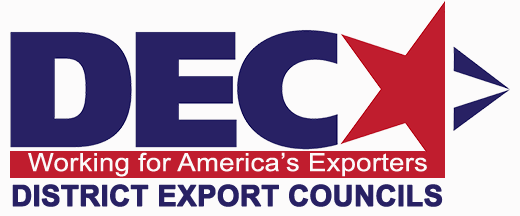The U.S.-Mexico-Canada Trade Agreement is a worthy replacement for the NAFTA Treaty. It updates the agreement to better protect intellectual property, digital trade, financial services, and the environment.

The original North American Free Trade Agreement (NAFTA), signed in 1994, between the United States, Canada, and Mexico reduced trade barriers, liberalized trade rules in several areas including agriculture, services, energy, financial services, investment, and government procurement. In 2018, the three countries signed a modernized and rebalanced trade agreement called the United States-Mexico-Canada Agreement (USMCA), which was ratified by the US Congress in late 2019. USMCA will enter force following legislative ratification by all three governments.
(For a USMCA Fact Sheet, please click here.)
For U.S. exporters, USMCA mean that the Mexican and Canadian markets are perhaps the most open and competitive in the world. There are no tariffs for qualifying goods and services traded among the three countries (Note: As of June 2019, there are tariffs in place for specific categories of products. See the Trade Barriers Sections).
Seven Steps To Use In Qualifying A Product For USMCA/NAFTA
- Determine the tariff classification number (Schedule B Number) of the finished product(s). This number can be found using the Schedule B Search Engine.
- Check the duty rate for the product being shipped to Canada or Mexico. If the duty rate for “Most Favored Nations” is zero, a USMCA/NAFTA certificate is not necessary. If there is a duty and the product qualifies for USMCA, the customer can receive preferential duty rates on the product. You can check the duty rates for Canada or Mexico by using the Duty Calculator, or visiting the tariff website for Canada (For Mexico things are much less clear, so you may need to contact your freight forwarder ot the US Commercial Service for assistance.).
- Determine the NAFTA/USMCA rule of origin that applies to the finished product, which can be found at http://tcc.export.gov/Trade_Agreements/All_Trade_Agreements/NAFTA_Annex_401_1.asp
- Prepare a list of components and materials used to produce the finished product.
- Determine which of the components or materials used to produce the finished product are originating and which are NON-ORIGINATING.
- Determine the tariff classification of all NON-ORIGINATING components or materials.
- Apply the rules of origin and determine whether the change in tariff classification occurs and/or whether the regional value content is met for NON-ORIGINATING components or materials. You can download a NAFTA/USMCA Certificate of Origin pdf .
- You can alst download a Canadian Customs Invoice Form.
